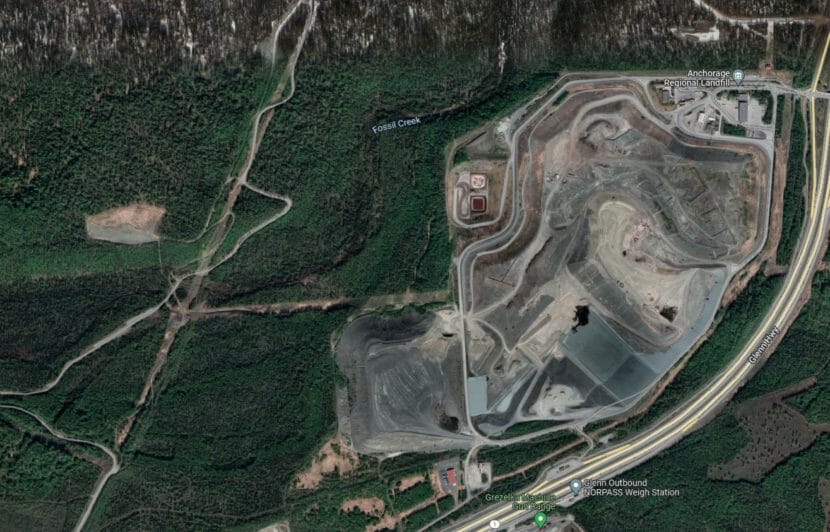
The soldier who was killed by a bear Tuesday afternoon at Joint Base Elmendorf-Richardson was setting a course through the woods for navigation training at the time of the attack, according to the U.S. Army Alaska.
The soldier was part of a group of three scouting the area west of the Anchorage Regional Landfill. Investigators determined a sow with two cubs attacked the group, said Alaska Wildlife Trooper Capt. Derek DeGraaf. A den was found nearby, he said.
“We don’t know if it was an original den, or the sow had moved and just stashed the bears there — we don’t know, but it was clearly a dugout in the ground,” he said.
The New York Times reported the soldiers’ arrival prompted the sow to crawl out of the den, knock down one soldier and attack a second. The soldier knocked down was taken to the hospital with minor injuries and released, according to the newspaper.
The soldier killed was identified by the U.S. Army Alaska on Thursday as 30-year-old Staff Sgt. Seth Michael Plant, an infantryman from the 3rd Battalion, 509th Parachute Infantry Regiment. Plant, from Florida, joined the active-duty Army in January 2015 and served in Georgia and North Carolina before arriving to JBER in July 2021.

On Tuesday, Plant was medevaced from the scene of the bear attack in a National Guard helicopter to JBER Hospital, where he was declared dead, said John Pennell, a spokesperson for U.S. Army Alaska.
In a statement, Plant’s commander, Lt. Col. David J. Nelson, remembered Plant as “a positive and dedicated leader who brought joy and energy to the paratroopers who served with him.”
“He always had a smile on his face, he always went above and beyond what was asked of him, and he served as an inspiration to all who had the privilege to know him,” Nelson said. “His loss is deeply felt within our organization and we offer our sincere condolences to friends and family.”
The investigation into the bear attack is ongoing. Pennell said he didn’t have information about whether the group was carrying bear spray or a gun.
“That’s part of the ongoing investigation is to find out what happened and if there’s any change that needs to be made to the current way we do business,” he said.
Wildlife troopers helped with the initial on-scene investigation, but have since turned it over to the Alaska Department of Fish and Game.
Pennell said the area where the attack happened was away from roads west of the regional landfill.
“It’s part of the boreal forest,” he said. “It’s woody, with lots of small brush. This time of year it’s not completely overgrown with small brush and leaves, but it’s Alaska terrain.”
Pennell said the team of three soldiers was setting a course for a navigation exercise, which he described as the “military version of orienteering.”
“You start with a map and compass and you have to find your way, from a start point to point A, and then from point A to point B, point B to point C, and so on,” he said.
The last fatal bear attack in Alaska happened in September 2020, when a man was killed in Wrangell-St. Elias National Park and Preserve during a moose hunt.